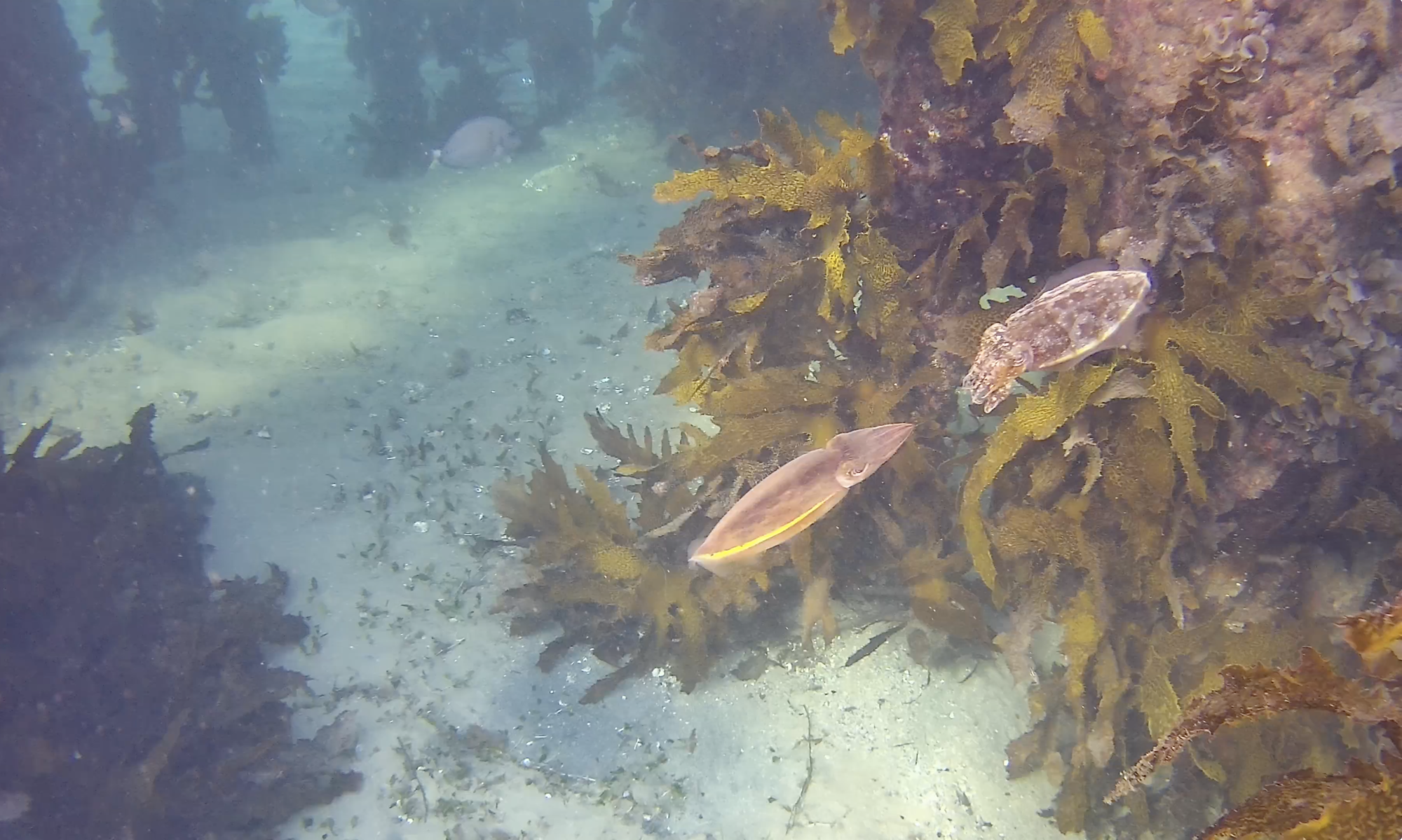The Schmidt Ocean Institute scientists, using the ROV SuBastian, came across this rarely-seen, otherworldly squid in 2019. This genus, Planctoteuthis, inhabits ocean depths of up to 4,000 meters (13,123 feet) down, almost entirely beyond the reach of the Sun’s rays.
This stunning and delicate genus of squid is largely known from samples hauled up from the depths, and damaged in the process. We’ve only seen Planctoteuthis alive in its natural habitat very rarely, so there’s a lot we don’t know.
For example, scientists have found in the samples features usually only seen in juvenile squids. This suggests that the genus might be neotenic, or slow to mature. We also don’t know the reason for the long, elaborate tails.
However, when a creature doesn’t look like its species, there’s a good bet that it looks like something else. This is called mimicry, and in the animal kingdom it often confers an advantage for avoiding predators. This specific Planctoteuthis is thought to resemble a siphonophore, a composite animal that possesses stinging cells, and flashes light to attract prey.
Planctoteuthis could be hijacking the appearance of a siphonophore to try and attract similar prey, but also to repel the predators that would normally be wary of being stung by a siphonophore.
Full article at: Science Alert 07oct21


